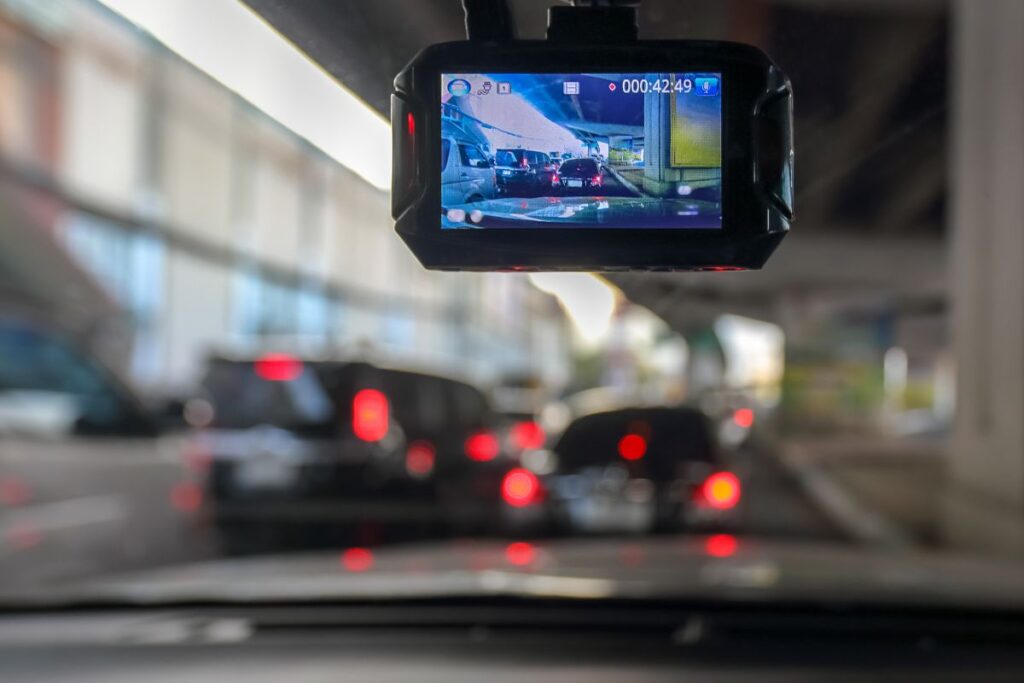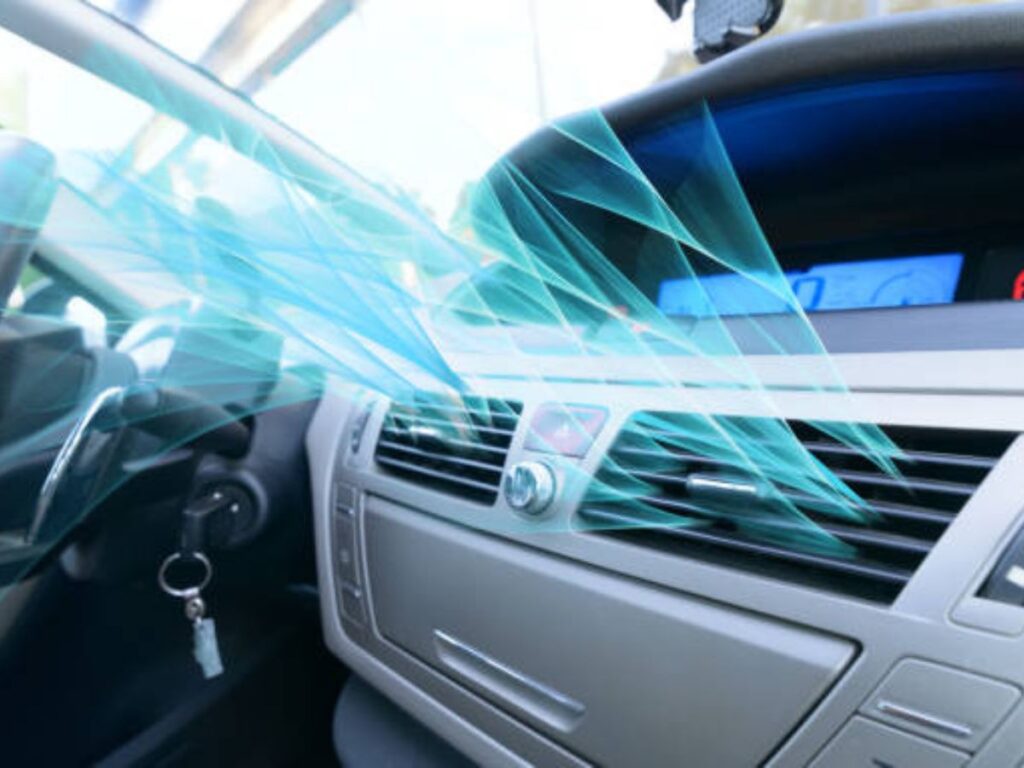Table of Contents
ToggleArtificial Intelligence (AI) In Healthcare & Hospitals

One of the world’s most valued and frequently growing industries facilitates the lives of patients, doctors, and hospital administration by operating jobs that are generally done by human beings but in a shorter period.
The sector of Artificial Intelligence was valued at approximately 600 million dollars in 2014 and is aimed at 150 billion dollars by 2026.
At present, Artificial intelligence in healthcare is becoming popular globally. It is performing its task in reputable organizations as well as in the daily lives of human beings. Currently, it is focusing on improving the medical field by collecting all the data to understand the diseases, so that accurate treatment could be provided. Through electronic devices, they are also facilitating patients’ lives by taking doctors’ suggestions at home. They are also upgrading traditional analytics and clinical decision-making techniques. World medical innovation forum(WMIF) on Artificial Intelligence presented by partners in healthcare, leading investigators and clinical faculty members displayed twelve technologies and areas of the healthcare institutions that are to look at the crucial impact of artificial intelligence within decades.
What Is AI in Healthcare?
The use of artificial intelligence (AI) technologies, which are ubiquitous in modern business and daily life, is consistently growing into healthcare industry. Healthcare industries may benefit from using artificial intelligence in many areas of treating patients and administrative procedures because it will allow them to build on latest methods and solve issues more efficiently. Despite the fact that the majority of AI and healthcare technologies are highly relevant to the healthcare industry, hospitals and other healthcare organizations may use very different strategies to implement them.
The use of machine learning (ML) algorithms and other smart technologies in healthcare institutions falls under the broad category of artificial intelligence (AI). In its most basic form, artificial intelligence (AI) refers to systems that can learn, reason, and act in ways that are similar to human decision-making processes. Using machines to analyses and take action on medical data, typically with the intention of predicting a specific outcome, is what is meant by artificial intelligence (AI) in healthcare.
Modernizing radiological equipment for the next generation
Pictures from radiology CT scanners provide painless visibility inside the human body, while MRI machines provide X-rays. Despite the fact that there are numerous diagnostic procedures, many tests are performed through biopsies, which can result in infections. However, artificial intelligence will give the following generation a useful radiology tool that will give them enough data to partially replace the need for tissue samples.
Development of New Medicines:
Several areas of the department, particularly the medical field, are experiencing rapid growth in artificial intelligence. In order to improve the capabilities, artificial intelligence and drug discovery are both working together. The automation of drug research techniques using AI is already being attempted by many developed industries. Artificial intelligence can enhance drug development in a variety of therapeutic fields. Hopefully, the cost of developing new medicines will one day be reduced to thousands of dollars instead of billions, allowing for examination in days as opposed to years. Medical research, development, and capabilities will undergo a revolution thanks to the use of artificial intelligence.

Increasing access to healthcare in both developing and underdeveloped regions:
Around the World, only developing nations are taking advantage of trained and professional health care containing radiologists and ultrasound technicians due to their limited numbers. But AI technology can help people to provide a quick cure by helping the doctor through different devices. For example, chest x-rays can be screened by an Artificial Intelligence imaging device for symptoms of tuberculosis. This can be resolved through an app by providing people in lower areas. It will also reduce the need for trained diagnostic radiologists on site.
The Use of Artificial Intelligence in Medical Devices
Human life has been made easier by smart devices. The same rule applies to the medical industry. Smart devices are essential in the medical setting for patient monitoring in the intensive care unit. Artificial intelligence tools make it easier to receive accurate test results quickly and without wasting time. By incorporating intelligent algorithms into these devices for doctors, it is possible to lessen their cognitive load while still ensuring that patients receive their full course of treatment on schedule.
You can learn more about medical technologies important devices
An Artificial Intelligence symptoms checker:
People are getting knowledge about their illnesses or viral infections without consulting the doctors from many sources. People are finding tips and remedies for their diseases through distinct online networks. Despite getting a cure, they end up with the wrong treatment and increase the risk of disease. The creation of an Artificial Intelligence symptoms checker can help people to know about their sickness signs without anxiety and problems. BUOY HEALTH is a cure checker that is invented by AI. By using algorithms, it diagnoses and treats sickness. How it functions: it simply listens to patients’ symptoms and health care consultations, then provides guidance that patients could get the correct treatment. It is mostly used in Harvard Medical School to provide patients with quick treatment.

Detecting the disease in the early phases with AI:
VIZ.AI is a tool that assists doctors to find out the problem and notify the physician. It provides fast results and complete cure details that can save the lives of humans.
Diagnosis of cancer with Path AI:
It is upgrading machine-learning technology to guide pathologists to make more diagnoses accurately. The industry’s main aim is to reduce errors in cancer diagnosis and to develop methods for the treatment of humans. For spreading its AI techniques to other industries, it has worked with organizations like Bill and Melinda Gates Foundation and with drug developers such as Bristol Myers Squibb.
Use of AI freenome to test early cancer symptoms:
Artificial Intelligence has also created another device known as freenome to cure cancer. It is used for diagnostic tests and blood work to check for cancer. The purpose of freenome is to detect cancer in its earliest phase by screening the symptoms so that new treatment can be developed.
Making smartphone selfies into a powerful curable tool:
Smartphone cameras are not used only for taking pictures due to algorithms; they can now analyze tests especially those evaluated through spectroscopy. This technology has reduced the necessity of numerous equipment and enhanced the exactness of results. Researchers from Florida Atlantic University’s college of engineering and computer science have invented a novel cell phone imaging algorithm that allows examining the test typically assessed via spectroscopy, a highly recommended and powerful gadget used in scientific research. An Analyzingore than 10,000 pictures, the investigators have been able to display that the saturation process they established consistently outperformed presenting algorithms under a wide array of operation fields. Their discovery, published in the journal “Analyst of the Royal Society of Chemistry”, is a step forward in improving point-of-care treatments by reducing the necessity for required tools, enhancing the limit of detection, and growing the precision of quantitative results. They tested for photo capture at several conditions, calculated algorithm performance, checked sensitivity to camera distance, tilt, and motion, and analyzed histogram properties and concentration-response. They also calculated limit-of-detection as well as properties of saturation, ambient lighting score, and connection with red-green-blue (RGB) color space. Cell phone pictures are natively saved as arrays of RGB pixel intensities commonly alluded to as color channels.




8 Responses
bookmarked!!, I love your site!